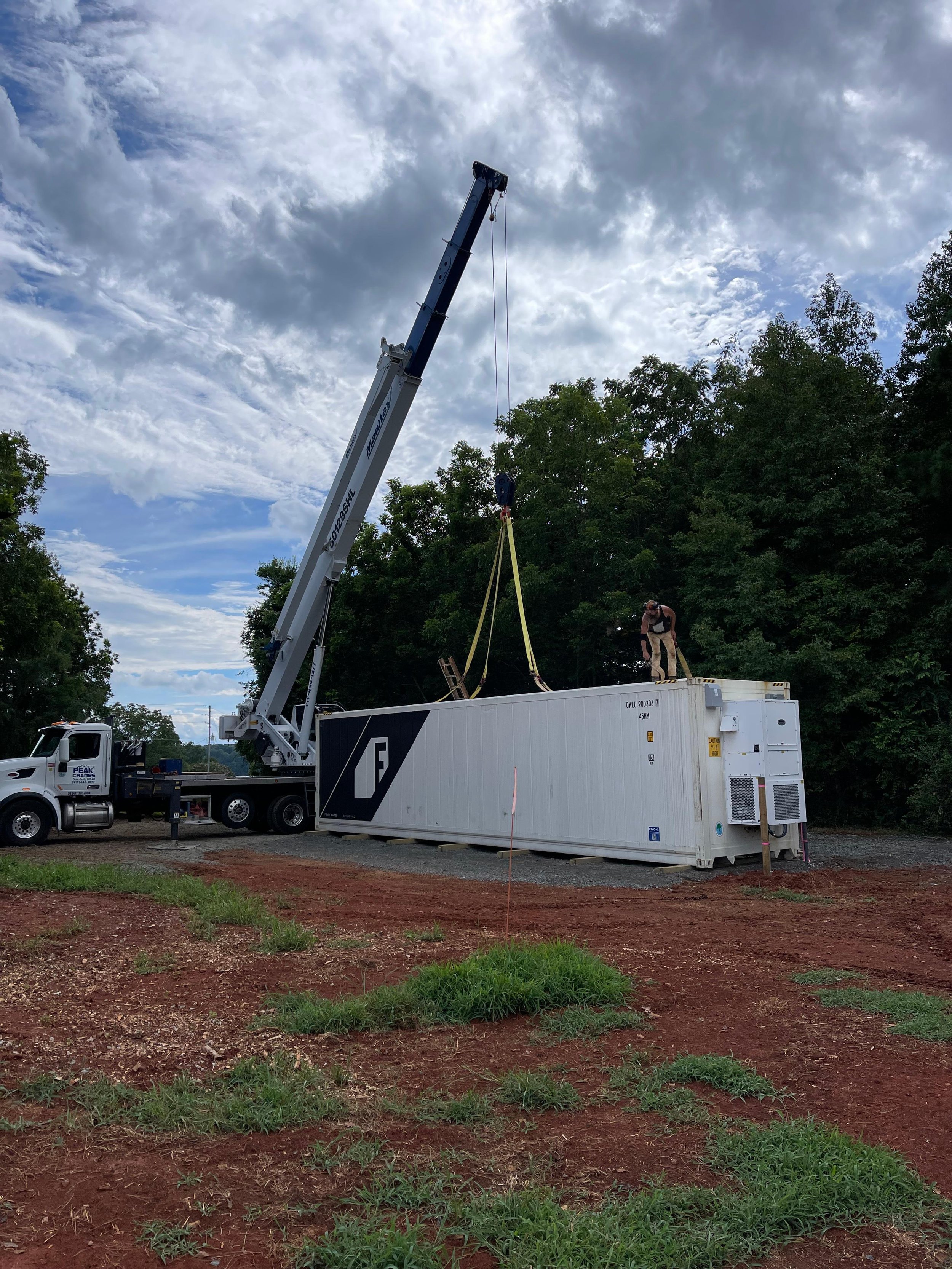K-12 Funding How To – Parent-Teacher Associations and Booster Clubs
To provide innovative and practical learning environments, K-12 schools are increasingly turning to unique educational tools that enhance learning and instill important values like sustainability and scientific curiosity. One innovative solution is the introduction of Freight Farms to school environments. These compact hydroponic systems teach students about sustainable agriculture and offer hands-on science education that aligns with STEM curriculum goals.
Parent-teacher associations (PTAs) and Booster Clubs play a pivotal role in funding and supporting educational initiatives. By harnessing the collective effort and resources of parents, teachers, and community members, these organizations have the power to bring transformative projects like Freight Farms into schools, enhancing the educational landscape.
In this blog, we will explore how PTAs and Booster Clubs can successfully fund a Freight Farm, providing students with a cutting-edge learning tool that pushes the boundaries of traditional classroom education.
Understanding Freight Farms
Freight Farms are fully operational hydroponic farms built inside shipping containers, providing a year-round growing environment for a wide variety of crops, regardless of external weather conditions. These systems are equipped with advanced technologies for climate control and vertical farming techniques, making them perfect for urban settings or areas with limited agricultural space.
Benefits of Freight Farms in Educational Settings
Integrating Freight Farms into schools offers numerous educational benefits:
STEM Education: Students gain hands-on experience in biology, chemistry, engineering, and environmental science.
Sustainability Practices: Teaches students about sustainable agriculture practices and the importance of local food systems.
Food Literacy: Encourages healthy eating habits and a deeper understanding of food production processes.
Several schools nationwide have already embraced Freight Farms, using them to enrich their curriculum and engage students in unique and meaningful ways. For example, a high school in Colorado has integrated its Freight Farm into biology and environmental science courses, allowing students to conduct experiments and manage the farm as part of their coursework.
The Role of PTAs and Booster Clubs
PTAs and Booster Clubs are foundational to many schools' financial and community support structures. These organizations are typically comprised of parents and teachers who work together to support educational and extracurricular activities through fundraising and volunteer efforts.
How PTAs and Booster Clubs Raise Funds
PTAs and Booster Clubs traditionally raise funds through a variety of activities:
Events: Carnivals, fairs, and themed dinners.
Product Sales: Bake sales, book fairs, and branded merchandise.
Membership Dues: Annual fees from members that help fund ongoing activities.
These fundraising methods not only raise the necessary financial resources but also foster a sense of community and shared purpose among parents, teachers, and students.
Benefits of Involving PTAs and Booster Clubs
Involving PTAs and Booster Clubs in the funding of a Freight Farm brings several benefits:
Community Engagement: Encourages community involvement and investment in the success of educational initiatives.
Resource Leverage: Utilizes the wide network of parents and teachers who can contribute diverse skills and resources.
Sustained Support: Provides a consistent funding and volunteer base, which is crucial for long-term projects like maintaining a Freight Farm.
Fundraising Strategies for PTAs and Booster Clubs
To fund a Freight Farm, PTAs and Booster Clubs can employ several strategic approaches:
Direct Fundraisers
Special Events
Farm to Table Dinners: Host a dinner event where produce grown in the Freight Farm is used in the meal, highlighting the project's benefits and educational value.
Educational Workshops: Charge a fee for workshops where students and community members can learn about hydroponics and sustainable farming practices.
Product Sales
Sell Produce: Harvest produce grown in the Freight Farm and sell it at school events or to local businesses.
Merchandising: Create and sell school merchandise, such as T-shirts and reusable shopping bags, to promote the Freight Farm initiative.
Partnerships and Sponsorships
Local Businesses
Partner with local garden centers, supermarkets, or restaurants that might sponsor the Freight Farm in exchange for advertising opportunities or produce grown by the students.
Alumni Sponsorships
Engage school alumni who might be interested in giving back to their community by sponsoring a part of the Freight Farm or funding specific educational programs associated with it.
Crowdfunding and Social Media Campaigns
Crowdfunding Platforms
Launch a crowdfunding campaign on platforms like GoFundMe or Kickstarter. Create compelling content that showcases the educational impact of the Freight Farm to encourage donations.
Social Media Awareness
Utilize the school’s social media channels to share updates, success stories, and fundraising calls to action. Engaging content can attract broader community support and even viral attention.
Step-by-Step Guide to Funding a Freight Farm
Project Planning
Establish a clear goal for the Freight Farm, including educational objectives and budgetary requirements.
Community Engagement
Organize meetings with PTAs and Booster Clubs to discuss the project, its benefits, and the roles these organizations can play in fundraising and support.
Fundraising Implementation
Schedule and promote fundraising events, manage product sales, and launch online fundraising campaigns.
Sustainability Planning
Develop a plan for ongoing expenses and maintenance of the Freight Farm, ensuring that the project remains viable and beneficial long-term.
Resources and Further Reading
For PTAs and Booster Clubs interested in exploring the potential of Freight Farms and similar projects, several resources can provide guidance and inspiration:
Freight Farms Education Program Guide & Curriculum: Detailed information about incorporating Freight Farms into school curriculums.
National PTA: Resources and tips for fundraising and enhancing educational environments.
Booster Club Guidelines: Best practices and legal considerations for booster clubs.
These resources can serve as a starting point for schools considering their own Freight Farm projects and are valuable for understanding the broader context and potential impact of these initiatives.
Conclusion
Introducing a Freight Farm into a school environment offers many benefits, from enhancing STEM education to promoting sustainability. PTAs and Booster Clubs are uniquely positioned to spearhead these initiatives, leveraging their community ties and fundraising capabilities to make these projects a reality. The success stories from various schools demonstrate the potential of well-organized fundraising efforts and their profound impact on student education and community engagement.
As schools continue to look for innovative ways to enrich their curriculums and engage students, Freight Farms provides a compelling solution that PTAs and Booster Clubs can effectively support. With strategic planning, community involvement, and sustained effort, these organizations can turn the vision of a greener, more hands-on educational experience into reality.
We encourage PTAs and Booster Clubs to consider the possibilities and to start planning their journey towards integrating Freight Farms into their schools. The journey is not only about fundraising but also about building a community around sustainable education and innovative learning.










